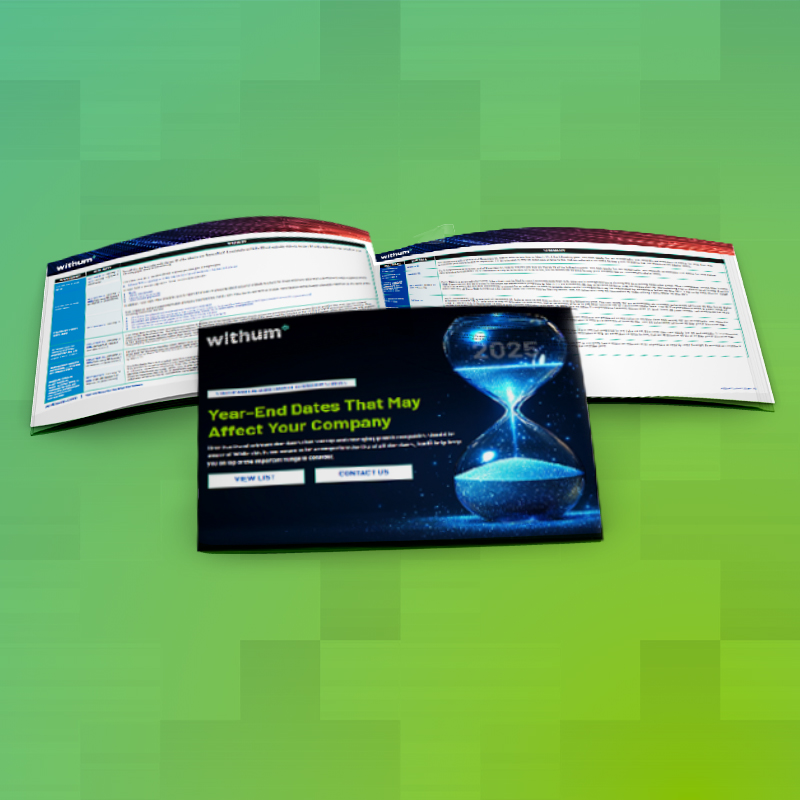The Benefits Of Setting Up An Incomplete Non-Grantor Trust
The Tax Cut and Jobs Act of 2017 (TCJA) doubled the federal estate exemption to over $11 million. For 2020, the exemption increased to $11,580,000. With this increased exemption, less than 1% of taxpayers will have a taxable estate, which has led many individuals to shift their attention from estate planning to income tax planning. Those looking to save on income tax may want to consider establishing an incomplete non-grantor trust, also known as an ING trust.
There are two requirements for setting up this trust:
- The trust must be a non-grantor trust.
In order to set up a non-grantor trusts, the individual must relinquish certain controls over the trust so that he or she is not considered the owner. The trust is considered a separate legal entity and is responsible for paying any income tax, which is determined by the state the trust is established in. States like Delaware, Nevada and South Dakota, for example, do not have income tax while other states impose progressive income tax rates. - The transfer of assets to the trust must be incomplete.
Ordinarily, when you transfer assets to a non-grantor trust, you would make a taxable gift to the beneficiaries of the trust and a gift tax return, Form 709, would need to be filed. By structuring the trust as an incomplete non-grantor trust, you can avoid tapping into your lifetime gift and estate tax exemption.
What To Watch Out For:
A non-grantor trust is considered a separate legal entity and pays tax on any undistributed income. One of the main disadvantages of setting up a trust are the compressed income tax rates. A trust will hit the highest tax bracket of 37% once taxable income reaches $12,700. While you may get the benefit of tax savings on the state level, your federal income tax could potentially increase.
New York Exempt Resident Trust
When considering an ING trust, it’s important to note that New York State does not recognize Incomplete Non-Grantor Trusts. If the grantor of an ING trust is a New York resident, he or she will be subject to New York tax on the trust’s income, even though the trust is treated as a separate taxpaying entity.
Resident estate and trusts generally must include income from all sources in New York taxable income, while nonresident estates and trust usually include only income from New York Sources. However, under NY Tax Law Section 605(b)(3)(D) a resident trust is not subject to tax if the following conditions are satisfied:
- All the trustees are domiciled in a state other than New York;
- The entire corpus of the trusts, including real and tangible property, is located outside the state of New York; and
- All income and gains of the trust are derived from or connected with sources outside of the state of New York, determined as if the trust were a non-resident trust.
Unlike the ING Trust, assets transferred to a NY Exempt Resident Trust are considered a completed gift and thus taps into the individual’s lifetime estate and gift tax exemption. All NY exempt resident trusts are required to file a NY fiduciary income tax return and include Form IT-205-C to certify its exempt status. Even more significantly, New York has enacted an “accumulated distribution” regime for distributions from exempt resident trusts, requiring the filing of Schedule J. Under this regime, untaxed prior-year trust income can be carried out to a New York resident beneficiary and be subject to tax in a subsequent year.
Planning Techniques For Section 1202
Are There Any Trust Planning Ideas A Taxpayer Can Utilize To Increase Their QSBS Exclusion?
Yes. Section 1202, Qualified Small Business Stock, may allow individuals to exclude 100% of the eligible gain realized from the sale or exchange of QSBS issued after September 27, 2010 if held for more than 5 years. The exclusion has a cap of $10 million of eligible gain, or 10 times the adjusted basis in the stock, whichever is greater.
The 1202 gain exclusion can be significantly increased if the stock is spread out over two or more taxpayers. If someone creates multiple ING trusts, each ING trust will be treated as a separate entity, and thus, entitled to its own exclusion cap.
However, careful tax planning is needed when multiple trusts are created. Section 643(f) should be considered, which states:
For purposes of this subchapter, under regulations prescribed by the Secretary, 2 or more trusts shall be treated as 1 trust if-(1) such trusts have substantially the same grantor or grantors and substantially the same primary beneficiary or beneficiaries, and (2) a principal purpose of such trusts is the avoidance of the tax imposed by this chapter. For purposes of the preceding sentence, a husband and wife shall be treated as 1 person.
Is A Non-Grantor Trust Right For You?
Whether your goal is to save state income taxes or make the most of your 1202 QSBS exclusion, setting up an ING or NYS Exempt Resident Trust may be the right move for you. If you want to learn more about trust planning or income tax planning, please consult with your Withum tax advisor.
Author: Evan Finer, CPA | [email protected]
Contact Us
Contact Withum’s team of professionals if you have any questions or concerns.




